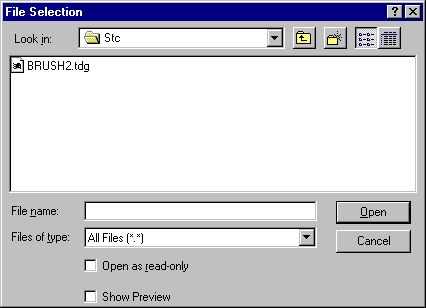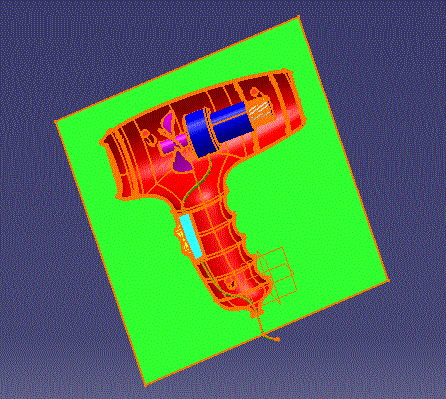V5 provides a direct interface from STRIM or STYLER to V5, which operates
on STRIM and STYLER native format files.
With STRIM/STYLER to V5 Interface you can retrieve an existing STYLER or
STRIM design in V5 and proceed to further transformations in mechanical
solutions, NC Manufacturing solutions and Shape Design and Styling
solutions,.
STYLER or STRIM files are opened as CATParts in interactive mode.
The suffix of the STRIM or STYLER models to process must be either .tdg
or .TDG.
V5 accepts any STRIM or STYLER model generated on any platform supporting
STRIM or STYLER (UNIX or Windows).
-
Select the File/Open... menu. Enter the path and the name of the TDG model in the file selection box and click Open.
-
The model is loaded in a new window as a document, with a CATPart format. The geometrical entities enclosed in the file are converted to V5 elements.
-
If necessary, refer to the Report file in the CATREPORT location.
-
The geometry can now be processed as any CATPart geometry: elements can be picked and processed as any CATPart element, the document can be saved as a CATPart document.


![]()